Throughout history, prisoners of war have sought freedom by escaping from their captors, intending to return to their homes and do their duty. Most have failed in their attempts, but this lack of success has not stopped others from risking their lives in daring escapes. Some have escaped captivity thousands of miles from their homes and managed to reach safety.
Many escapes have become known, for example, The Great Escape from the German Stalag Luft III in 1944 in Sagan, now in Poland. Colditz Castle became famous in Germany for numerous daring escapes from his supposedly inescapable compound during World War II. Here are ten lesser-known escapes that required considerable courage and determination on the part of the escapee.
10. Continental Navy Captain Joshua Barney escaped from prison in Britain.
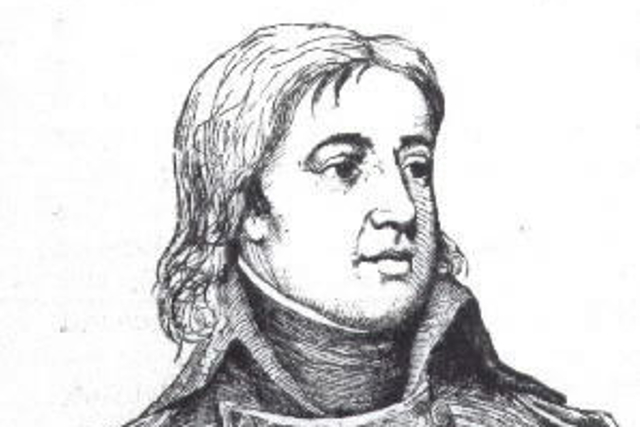
Say,what Joshua Barney To say he was precocious as a youth is an understatement. At the age of ten, he reported to his father, a prosperous Maryland farmer, that he had learned all that could be taught him in school. He then went to sea, learning his trade so well that in 1775, at the age of 16, he was commissioned a lieutenant in the new Continental Navy. In 1776, he was captured by the British, held prisoner on a prison hulk until paroled, and eventually exchanged.
Recaptured in 1780 after numerous sea adventures, Barney was imprisoned at Old Mill Prison in Plymouth, England. As an officer, Barney was granted a number of privileges, including the right to buy clothes. He hired a tailor to make him a new uniform, which he ripped off in the style of a lieutenant in the British navy. He then paid a guard to look the other way as he climbed over the prison wall, wearing his new coat under another, unremarkable coat, and headed to London. There, he strutted around as an aristocratic British officer, meeting officials in the London shipyards.
From there, Barney fled to the Netherlands, then to France, and finally, with the help of Benjamin Franklin, to America. Although the land war had ended by then, Barney saw action at sea, including a stunning victory over a British warship, many times more powerful than his own ship. He later served with equal distinction in the War of 1812. His escape, in which, if caught, he might have been hanged as a spy, was one of the most remarkable events of the 18th centuries After his long and distinguished naval career, he faded into obscurity.
9. Simon Kenton demonstrated amazing endurance and resilience during his escape from the British
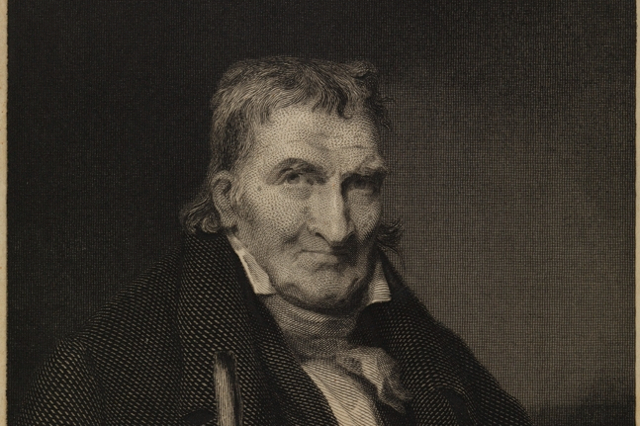
Forester Simon Kenton was already a legend on the Kentucky-Ohio frontier when the Revolutionary War reached the region. A friend of Daniel Boone and an early settler in Kentucky, Kenton was well known to the Shawnee of the Ohio Valley. After years of hostilities between the Shawnee and white settlers in Kentucky, Kenton was captured by Indians in 1778. . The Shawnees decided to give Kenton the "honors" they gave their worst enemies. These included various forms of torture, including running the gauntlet.
The gauntlet consisted of two lines of Indians, including women, armed with clubs, sticks and leather belts. Kenton was forced to run between them, enduring the beatings he received but unable to resist. He ran the gauntlet several times , by some accounts up to nine, before the Shawnee decided he had been sufficiently flattered and sent him to Detroit, where their British allies paid a ransom for the prisoner. Kenton made the journey to the British base during the winter months of 1778-79 on foot.
In July of that year, he escaped from his captors. The British decided not to pursue him, as there were over 400 miles of hostile country between Kenton and home, inhabited by Shawnees and numerous other tribes. The British assumed that they would soon see Kenton again, or his scalp. They were wrong. It took Simon about 30 days to cover the distance between Detroit and the Falls of the Ohio (present-day Louisville), eluding the Indians who were eagerly pursuing him. Kenton had adventures too numerous to list, and became one of legendary pioneers in American history .
8. Confederate General John Hunt Morgan's daring raid during the Civil War led to an equally daring escape.
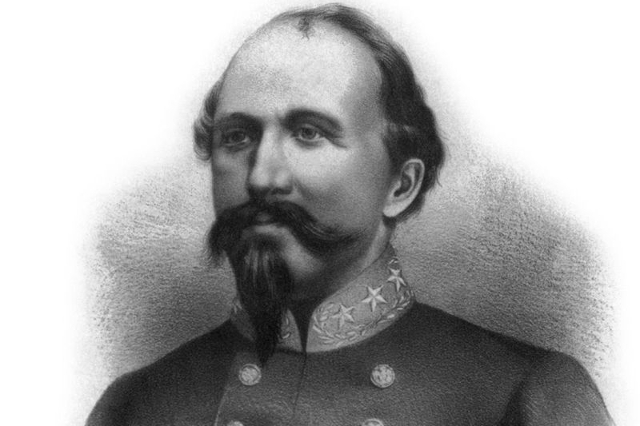
John Hunt Morgan was a Confederate cavalry commander who led a raid across the Ohio River into Indiana and Ohio in 1863, terrorizing the local population. His raid was carried out against the orders of his commander, Braxton Bragg, but it nonetheless electrified the South with its daring. But it was in vain, Morgan's Raid ended in defeat in Ohio, with most of his men either killed, captured, or deserting. Morgan was captured along with several of his officers and held as prisoners of war in the infamous Ohio State Penitentiary in Columbus.
Using spoons and a fireplace poker, Morgan and several of his officers dug a passage through the stone walls of their cells into the prison yard. 27 November 1863 They left their cells, used a rope made from blankets to climb over the outside wall of the prison and disappeared into the darkness. They boarded a train at Columbus, heading to Cincinnati, jumped off before arriving to avoid Federal troops in that town, and crossed fields in the dark to the home of a known Confederate sympathizer. From there they arranged with a boatman to take them across the Ohio River into Kentucky. Additional Confederate sympathizers led them through Union lines into Tennessee and to safety.
Despite losing a valuable cavalry regiment by disobeying orders and leading a raid, Morgan was restored to command. In 1864, Confederate authorities relieved him of command, concerned about the criminal nature of some of his raids in Kentucky and Tennessee. He organized a band of irregulars and continued to raid on his own until he was killed by Union cavalry in September 1864. Morgan and his men were among the few to escape from the Ohio State Penitentiary during its 150 years of existence.
7. Winston Churchill escaped from his captors during the Boer War.
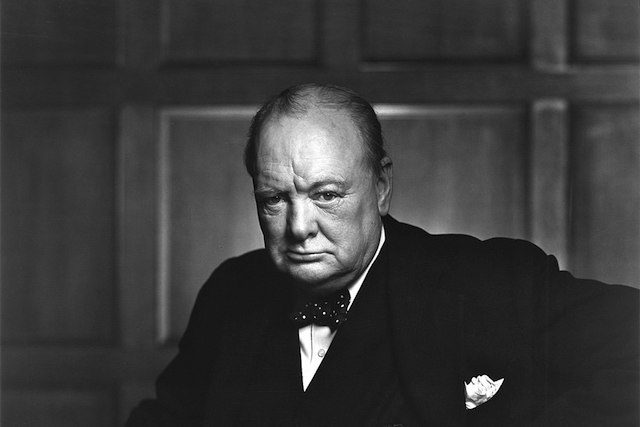
In 1899, Winston Churchill went to South Africa as a correspondent for a British newspaper Morning Post In October, the armoured train he was travelling in was fired upon by Boer troops. The train derailed and Churchill survived the wreck, only to be captured by the Boers, who imprisoned him as a prisoner of war in a camp in Pretoria. Churchill, then barely 25, did not want this. In December he escaped. from the camp. He had planned to escape with two others, but circumstances changed and Winston found himself outside the camp, climbing over a wall hidden by a toilet, alone and with no idea how to get to safety.
Churchill walked to Pretoria, boarded a train, hid in a coal car, and rode all night. During the daylight hours he hid near the railway, returning to jump on another train in the dark. When there were no trains, he walked. Every day for a week He traveled in this manner, eluding searchers on trains, burrowing deep into coal, and eventually reaching the safety of British-occupied territory, where his escape brought him widespread recognition and fame. The Boers searched for him diligently, partly because of his own audacity in escaping.
Churchill left a note to his former captors. In it, he questioned their right to hold him, a non-combatant, as a prisoner of war. Addressing the Boer Under-Secretary of State for War, Churchill wrote, somewhat brashly, “… Regretting that circumstances prevent me from bidding you farewell in person, believe me, Yours sincerely, Winston S. Churchill.” News of his escape immediately made him famous on both sides of the Atlantic and helped boost his political career.
6. French pilot and athlete Roland Garros fled from the Germans during World War I.

Today is Roland Garros is known primarily for its tennis stadium , which bears his name and serves as the site of the French Open. Before World War I, Garros was a car salesman, a cyclist, and a dedicated aviator. During World War I, he attached wedges to the propeller of his plane, allowing him to fire a machine gun through the propeller without damaging it, and became the first aviator to shoot down an enemy aircraft by firing forward from the fuselage.
Garros shot down three German aircraft before his own plane was shot down by anti-aircraft fire in April 1915. Captured by the Germans, he was sent to a POW camp. IN the next three years he was transferred from camp to camp , until he and a fellow prisoner escaped in 1918 by donning German uniforms and walking out of the camp. They gradually made their way across Germany, sleeping in cemeteries and blending in with crowds rather than avoiding them. They eventually reached the Netherlands, then went on to London and finally back to France.
Garros returned to duty with the French Air Service in late 1918. Less than a month before the Armistice went into effect, he was shot down and killed in the Ardennes. The man for whom the French Open, officially known as the Roland Garros tournament in France, had nothing to do with tennis except that maps of Germany were smuggled into his prison in the hollowed-out handles of two tennis rackets. The cards helped him make a daring escape in 1918.
5. Gunther Plüschow escaped from a prisoner of war camp in Britain.
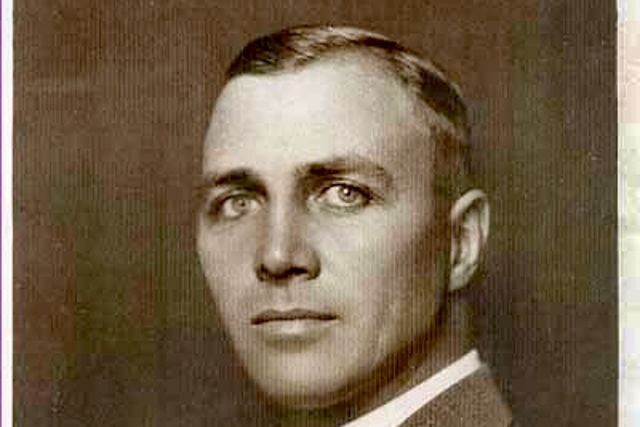
Gunther Plüschow was a world-famous aviator serving in the German Army in Tsingtao, China, when World War I broke out in 1914. He traveled to the United States and boarded a ship for Italy, but bad weather and damage to his ship forced him to stop at Gibraltar, where the British captured him. By May 1915, he was being held in a prisoner of war camp in Britain. Donington Hall In July he escaped from the camp and went to London. At first he mingled with the crowd, including visiting the British Museum as a tourist, taking souvenir photographs. When British newspapers began publishing articles about a German officer on the loose, including a description of the fugitive, he donned shabby clothes and began wandering the London docks.
Eventually, Plüschow boarded a Dutch ship, either by hiding or by bribing crew members. The Netherlands was neutral at the time, and he was supposed to be interned upon arrival there, but he somehow managed to elude the authorities and return to Germany, where he was arrested and detained as a suspected spy. After he managed to convince the German government that the story of his imprisonment and escape was true, he was treated as a hero, and the Germans flaunted his escape for its propaganda value. Plüschow published the story in 1916.
The Germans kept him out of the war despite his flying skills, and after the war he gained further fame as South American explorer He was killed during an expedition to Patagonia in January 1931. Plushov was the only prisoner of war to escape from a POW camp in Britain and return to Germany in either world war.
4. American Merian C. Cooper escaped from a Soviet prisoner of war camp

After World War I, American troops and volunteers fought in the Soviet Civil War and the Soviet-Polish War. Among them were Merian C. Cooper , an American pilot of Polish descent. In July 1920, Cooper was shot down behind Soviet lines, captured, and sent to a prisoner-of-war camp. It was the third time he had been shot down during the war. His captors found a handful of him, and after at least one failed escape attempt, they sent him to a forced labor camp outside Moscow.
After it was built in line to be shot, what may or may not have been a Soviet bluff, he decided to escape. He joined two Polish prisoners to escape again after nine months in captivity. They managed to make their way to Latvia, more than 430 miles away, and were in that country when the war ended. During his captivity, Cooper read Russian fairy tales, including fairy tale "Crocodile", which features a wild gorilla who kidnaps a young girl.
The tale apparently made an impression on him. In the 1930s, rather than write about his no doubt harrowing escape from the Soviet Union and Bolshevik troops, Cooper produced and directed the epic film King Kong ", released in 1933. While imprisoned in the Soviet Union, Cooper wrote an autobiography, which was published in 1927, although he purchased and destroyed all known copies of the book the following year. He later served as a staff officer with the famous Flying Tigers in China and with the Fifth Air Force in the Pacific Theater during World War II.
3. Henri Giraud, a French officer, escaped from custody in Germany twice.
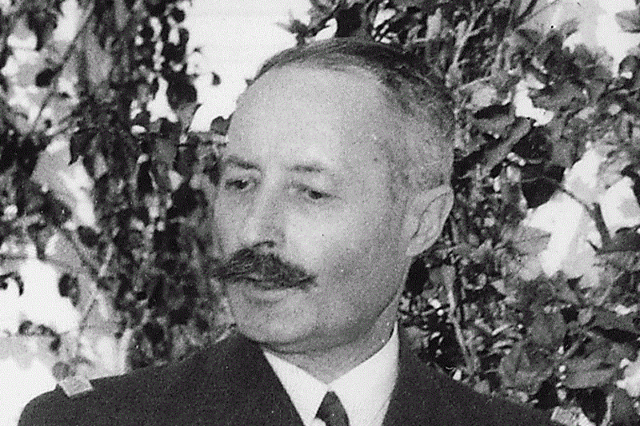
In the first month of World War I, Henri Giraud, a career officer in the French army, led a detachment Zouaves in a bayonet charge, during which he was seriously wounded. When the French retreated, they left their leader on the field, presumed dead. The Germans captured him, treated his wounds, and sent him into captivity. to Belgium. He escaped after several months of detention, hid under the guise of a travelling circus, and with the help of Edith Cavell managed to return to France via the Netherlands. Cavell was later executed. by the Germans for helping Allied prisoners escape.
Giraud remained in the French army until the end of the war and during the interwar years. When the Great Patriotic War began, he held the rank of general and commander of the 7th y army. Captured by the Germans on May 19, 1940, Giraud was sent to Königstein Castle under strict security, where he spent the next two years meticulously planning and preparing for his escape. He used a code to inform his family of his plans, and they, in turn, established contacts within the Resistance to help him. He altered his appearance by shaving off his distinctive moustache, fashioned a hand-woven rope, and secretly obtained a map of the area.
April 17, 1942 Giraud used his rope to escape down the mountainside where his prison was located. Contacting the Resistance, he obtained the necessary papers and disguise to allow him to travel by train to the Swiss border, which he crossed on foot to avoid the Gestapo border guards searching for him. He surrendered to the Swiss and later returned to Vichy, France, where Heinrich Himmler tried to assassinate him. Giraud successfully escaped the Germans once in each of the world wars, each time demonstrating considerable prowess and courage.
2. German Franz von Werra escaped from a prisoner of war camp in Canada
Franz von Werra was a successful German fighter pilot over Poland and France before falling victim to the RAF during the Battle of Britain. Held in various British prisoner of war camps, von Werra undertook several unsuccessful escape attempts , before being sent to Canada, arriving in January 1942. The prisoners were sent by train from Montreal to a destination north of Lake Superior. Von Werra escaped from the moving train by jumping through a window into the Canadian winter night. He then walked about 30 miles to the frozen St. Lawrence River and crossed it above Ogdensburg, New York, where he surrendered to American authorities. He then contacted the German consulate, as the United States was then neutral in the war.
The Canadians demanded extradition, but the German consul posted bail for von Werra and then helped the German the officer to flee to Mexico, also neutral. Von Werra then went to neutral Brazil, from there to Spain, then to fascist Italy and finally to Germany, where he returned to active duty in 1941 as a national hero. His The escape made national news USA He claimed 21 confirmed aerial victories against the French, British and Soviets, 13 of them after escaping from Canada.
Van Werre's plane crashed into the sea mid-flight on October 25, 1941, probably due to engine failure. His body was never found. He was the only German prisoner of war to escape from British and Canadian custody and successfully return to Germany during the war.
1. German Georg Gartner escaped from an American prisoner of war camp in New Mexico.

Georg Gartner was captured by the Americans in Tunisia in 1943 and sent to a prisoner of war camp in New Mexico. He actually escaped from the Americans in September 1945, after the end of the war He was motivated by the fact that his hometown in Lower Silesia was occupied by the Soviets. Rather than face repatriation to the Red Army, Gartner decided to take advantage of the relaxed post-war attitude of his American guards. He escaped the camp by crawling under the gates and jumping on a train whose schedule he had observed while in custody. The train was taking him to California.
Gartner kept moving, working odd jobs and gradually creating a new identity. He acquired an identity as Dennis Wheels, which included a Social Security card, despite the FBI's nationwide manhunt for the escaped convict. The FBI kept him on its most wanted list for 18 years and distributed his wanted posters across the country. Still, he continued to hide in plain sight and eventually settled in Boulder, Colorado, where he worked in the construction industry. By then he was married with two adopted children. Ultimately, the marriage would prove his downfall in terms of keeping his past a secret.
His wife was concerned about his refusal to discuss his life before 1945, and he eventually confided his secret to her. She insisted that he reveal his secret, and in 1985 he did so publicly, including an appearance on Today Show on NBC . Government The US has refused to arrest or deport him. , and in 2009 he became a U.S. citizen. Before that, he returned to Germany in the 1980s, after which his wife divorced him and he eventually returned to America. He died in 2013 in Loveland, Colorado, 68 years after escaping from U.S. custody, the last German prisoner of war from World War II in the United States.













Оставить Комментарий